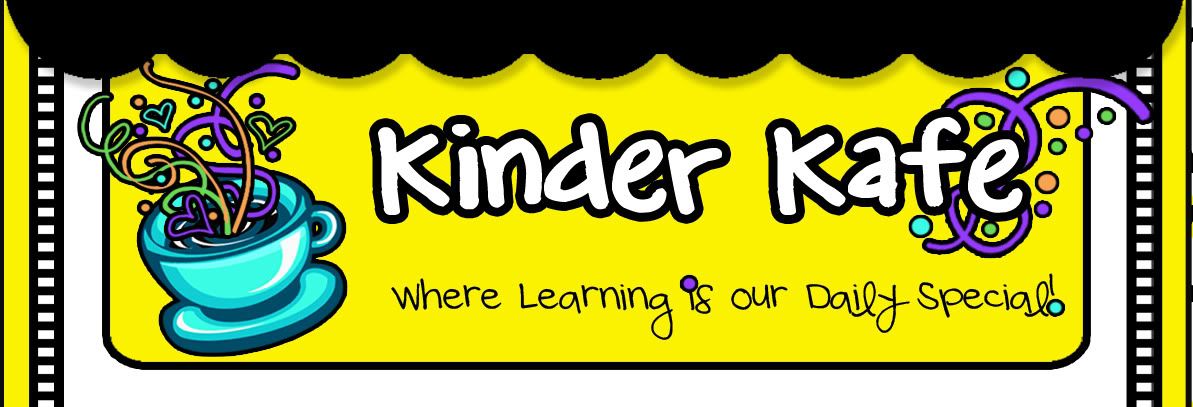Have you ever noticed that sometimes the acitivites and centers that take the least preparation are among the students' favorite? Following our reading of The Mitten, a simple, narrowly planned activity for the art center included tracing a mitten pattern( it was interesting to watch as they realized they had to manipulate the patterns to make a left AND a right mitten) cutting it out, and decorating it with ribbon, lace, or trim remnants of their choice. I was again pleased to see the logic as they created various patterns and repeated them on their matching mitten. Not really sure what we should do for a display or just send them home, they begin to pile up on the counter nearby. Hummm, I wonder if they might like to find the matching sets especially since most mittens had no name on them! I displayed them on the wall and much to my surprise the students began to identify thier mittens adding descriptive detail such as "Mine are blue, with green stripes." Ah-ha, I thought, lets add some writing here! Cloze sentence frames provided opportunity for students to use descriptive words as their peers searched to find the mittens, then add a description for thier own. Again, I found affirmation that following the lead of my students created extended open ending learning.











